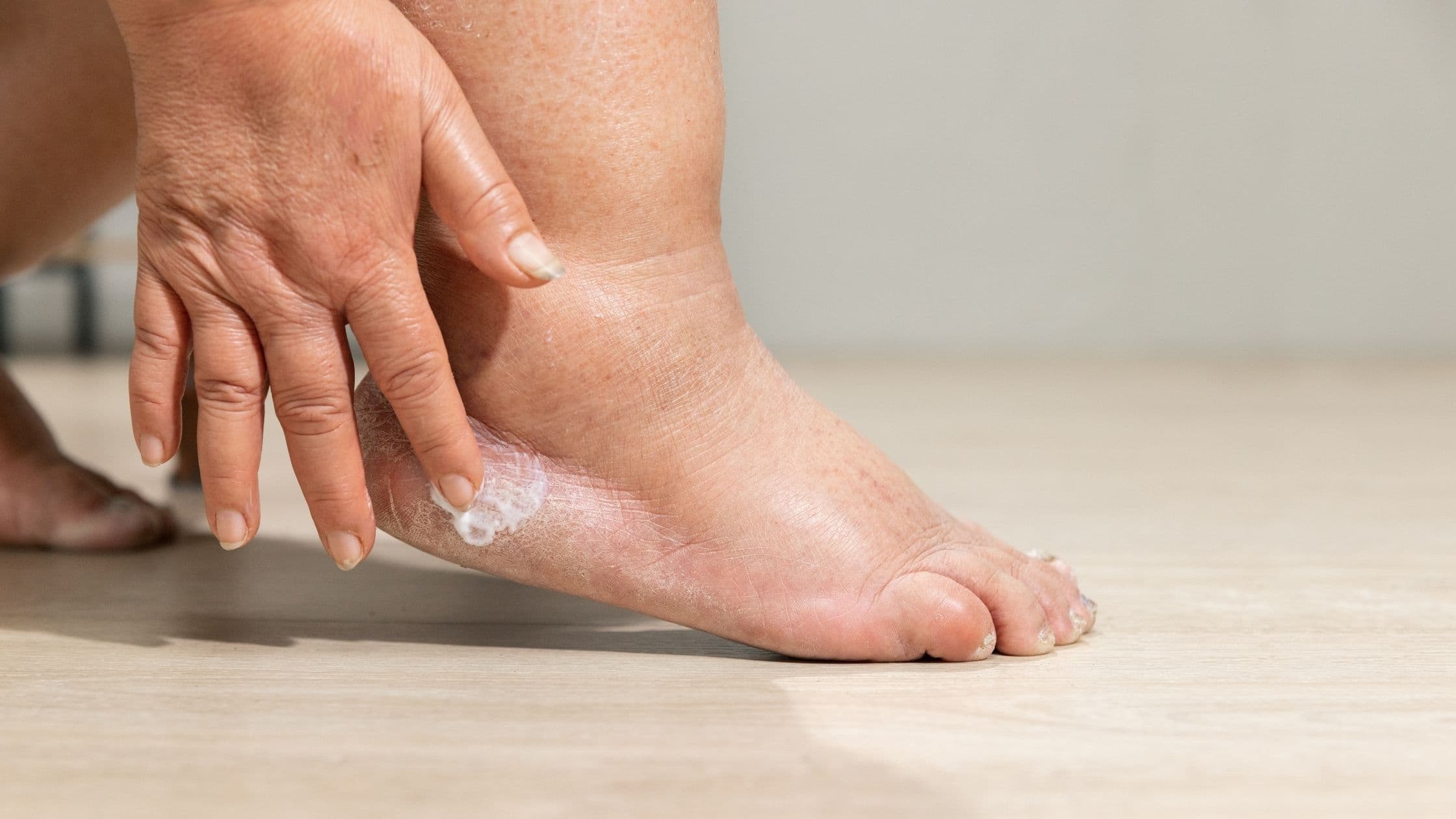A Guide to Symptoms of Swelling in Joints and Muscles
Swelling in joints and muscles, a common yet concerning occurrence, can disrupt our daily lives and cause discomfort. While it might seem straightforward, swelling can manifest in various ways, and the underlying causes can be diverse. Here, we delve extensively into the signs and symptoms of joint and muscle swelling, empowering you to recognize them and seek appropriate medical attention.

The Hallmarks of Swelling: A Visual and Physical Experience
Swelling, medically known as edema, manifests in several ways:
- Visual Signs: The affected area, be it a joint or muscle, becomes noticeably larger or puffier than usual. In some cases, the skin over the swollen area might appear stretched, thin, or shiny.
- Physical Sensations: The swollen area might feel tight, stiff, or tender to the touch. You might experience a reduced range of motion in the affected joint or muscle.
Beyond the Basics: Associated Symptoms to Consider
Swelling in joints and muscles can sometimes be accompanied by other symptoms, depending on the underlying cause. Here are some additional signs to watch out for:
- Pain: Joint swelling is often accompanied by pain, ranging from a dull ache to a sharp, throbbing sensation. The severity of pain can vary depending on the cause.
- Redness: Inflammation associated with some causes of swelling might cause the affected area to appear red and warm to the touch.
- Warmth: Inflammation can increase blood flow to the area, making the swollen joint or muscle feel warm.
- Joint Stiffness: Swelling can limit the range of motion in the affected joint, making it feel stiff and difficult to move.
- Fever: In some cases, particularly with infections, swelling might be accompanied by a fever.
- Weakness: Muscle swelling can sometimes lead to weakness or difficulty using the affected muscle group.
Location, Location, Location: Variations Depending on the Area Affected
The specific location of the swelling can sometimes provide clues about the underlying cause:
- Single Joint: Swelling isolated to a single joint might be indicative of an injury, arthritis, or infection in that specific joint.
- Multiple Joints: Swelling affecting multiple joints simultaneously can be associated with autoimmune diseases, rheumatoid arthritis, or certain infections.
- Widespread Muscle Swelling: If swelling affects multiple muscle groups throughout the body, it could be a sign of a systemic condition like a medication reaction or an electrolyte imbalance.
It's Important to Note:
- The presence of swelling alone doesn't necessarily indicate a serious condition. However, if swelling is accompanied by other concerning symptoms, persists for an extended period, or significantly impacts your daily life, consult a healthcare professional for proper diagnosis and treatment.
By recognizing the signs and symptoms of swelling in joints and muscles, you can take the first step towards addressing the underlying cause and restoring your comfort and mobility.